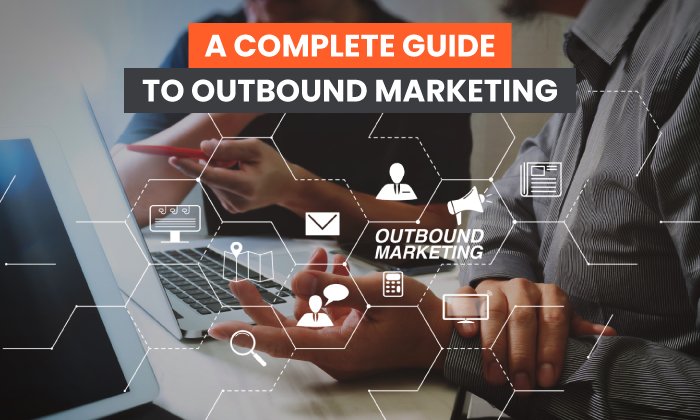Inbound Marketing vs. Outbound Marketing

By bhalligan@hubspot.com (Brian Halligan)
When I talk with most marketers about how they generate leads and fill the top of their sales funnel, most say outbound marketing.
However, a lot of innovative and successful businesses are actually embracing the art of inbound marketing.
So, what’s the difference between inbound and outbound? This post will walk you through it along with the benefits and drawbacks of each strategy.
From email blasts to outsourced telemarketing, I call these methods “outbound marketing” because marketers push their messages out far and wide hoping that it resonates with that needle in the haystack.
I think outbound marketing techniques are getting less and less effective over time for two reasons.
First, your average human today is inundated with at least 2,000 outbound marketing interruptions per day and is figuring out more and more creative ways to block them out, including ad blocker browser extensions, caller ID, email spam filtering, and more.
Second, the cost of learning something new or shopping online using search engines, blogs, and social media is now much lower than going to a seminar at the Marriott or flying to a trade show in Las Vegas.
Inbound vs. Outbound Marketing
Inbound marketing is a strategy where you create content or social media tactics that spread brand awareness so people learn about you, might go to your website for information, show interest in your product, and potentially make a purchase.
While some outbound strategies take lots of time and effort and may yield no leads, inbound strategies allow you to engage an audience of people that you can more easily qualify as a prospect of lead.
The best analogy I can come up with is that traditional marketers looking to garner interest from new potential customers are like lions hunting in the jungle for elephants.
The elephants used to be in the jungle in the ’80s and ’90s when they learned their trade, but they don’t seem to be there anymore. They have all migrated to the watering holes on the savannah – the internet in our case.
So, rather than continuing to hunt in the jungle, I recommend setting up shop at the watering hole or turning your website into its own watering hole.
Transforming Your Marketing from Outbound to Inbound
Rather than doing outbound marketing to the masses of people who are trying to block you out, I advocate for inbound marketing, where you help yourself be visible to people already interested in your industry.
To do this, you need to set your website up like a “hub” for your industry. One that attracts visitors naturally through search engines, blogging, and social media.
I believe most marketers today spend 90% of their efforts on outbound marketing and 10% on inbound marketing, and I advocate that those ratios flip.
To …read more
Source:: HubSpot Blog










